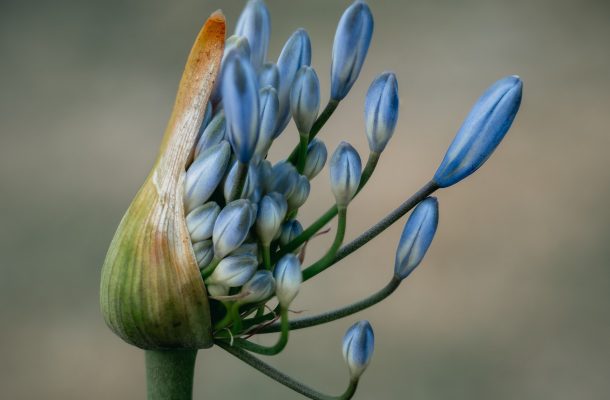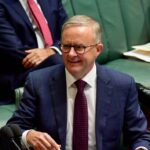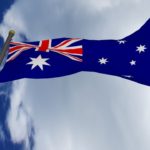Indigenous science cooperation

Many scientists rely on Indigenous people to guide their work – by helping them to find wildlife, navigate rugged terrain or understand changing weather trends, for example. But these relationships have often felt colonial, extractive and unequal. Researchers drop into communities, gather data and leave – never contacting the locals again, and excluding them from the publication process.
Today, many scientists acknowledge the troubling attitudes that have long plagued research projects in Indigenous communities. But finding a path to better relationships has proved challenging. Tensions surfaced last year, for example, when seven University of Auckland academics argued that planned changes to New Zealand’s secondary school curriculum, to “ensure parity between mātauranga Māori”, or Maori knowledge, and “other bodies of knowledge”, could undermine trust in science.
Last month, the University of Auckland’s vice-chancellor, Dawn Freshwater, announced a symposium to be held early this year, at which different viewpoints can be discussed. In 2016, the US National Science Foundation (NSF) launched Navigating the New Arctic — a programme that encouraged scientists to explore the wide-reaching consequences of climate change in the north.
A key sentence in the programme description reflected a shift in perspective: “Given the deep knowledge held by local and Indigenous residents in the Arctic, NSF encourages scientists and Arctic residents to collaborate on Arctic research projects.” The Natural Sciences and Engineering Research Council of Canada and New Zealand’s Ministry of Business, Innovation and Employment have made similar statements. So, too, have the United Nations cultural organization UNESCO and the Intergovernmental Science-Policy Platform on Biodiversity and Ecosystem Services.
But some Indigenous groups feel that despite such well intentioned initiatives, their inclusion in research is only a token gesture to satisfy a funding agency.
Sometimes, it takes a bit of explanation to convince non-Indigenous scientists that the Indigenous scientific approach, while both valid and scientifically accurate is a variation on the Western scientific method. They’re built on observations and interpretations of the natural world, and they allow us to predict how the world will function in the future. They’re repeatable, reliable, they have rigour. Once scientists see this, they have that ‘Aha!’ moment where they realize how well Western science and the Indigenous complement each other.
People often ask how can we integrate Indigenous knowledge into Western science. But framing the question in this way upholds the unhealthy power dynamic between Western and Indigenous scientists. It makes it sound as though there are two singular bodies of knowledge, when in fact Indigenous knowledge – unlike Western science – is drawn from thousands of different communities, each with its own knowledge systems based on observations over thousands of years.
To avoid perpetuating harmful power dynamics, researchers who want to work in an Indigenous people’s homeland should first introduce themselves to the community, explain their skills and convey how their research could serve the community. And they should begin the work only if the community invites them to. That invitation might take time to come! The researchers should also build in time to spend in the community to listen, be humbled and learn.
If you don’t have that built-in relational accountability, then maybe you’re better off in a supporting role.
My wife and I spent many years caravanning around Australia and during that time met a wide variety of guides to various places. We found the Aboriginal park rangers to be by far the most authoritative and interesting people when we wanted to know more about the area we were exploring.
While travelling around the Great Barrier Reef, David Attenborough found the historical knowledge of local Indigenous leaders to be at least on a par with that of Western science. The N.T and Queensland governments are using Aboriginal techniques of backburning to prepare their states against being ravaged by fire. Victoria is now following.
A lot of research is going in to the use of Australian flora both as food and medicine and the background knowledge for that is coming from the Aboriginals. In the past, researchers have discussed their ideas with the locals, developed the concept of a thesis, applied for a grant, worked with Aboriginal helpers and then written a paper. The invaluable help given by the Aborigines with their long history of working with the environment was often sidelined.
As more and more native Australians become more educated they are quite naturally wanting to assert themselves and get recognised for their cultural knowledge. One recent step forward was the introduction of a subsidiary of Wikipedia in the Nunga language of south-western Australia to both keep the language viable and spread the inherited knowledge of the elders to the Indigenous community.
The old colonial concept of a people with no written language having a limited and inaccurate sense of history is no longer considered valid – knowledge can be accurately transmitted via rock art, mud maps, dance, song, ceremony and word of mouth as David Attenborough found when he was here.
The psychological world has found that memory is greatly enhanced if ideas and past events are acted out or visualised by adding to a predetermined picture ‘hanging them on memorised objects’ and this is what Indigenous peoples around the world found thousands of years ago – equating dance routines, paintings, different parts of the environment with historical events. So in some ways we are catching up with them.

Alan Stevenson spent four years in the Royal Australian Navy; four years at a seminary in Brisbane and the rest of his life in computers as an operator, programmer and systems analyst. His interests include popular science, travel, philosophy and writing for Open Forum.














